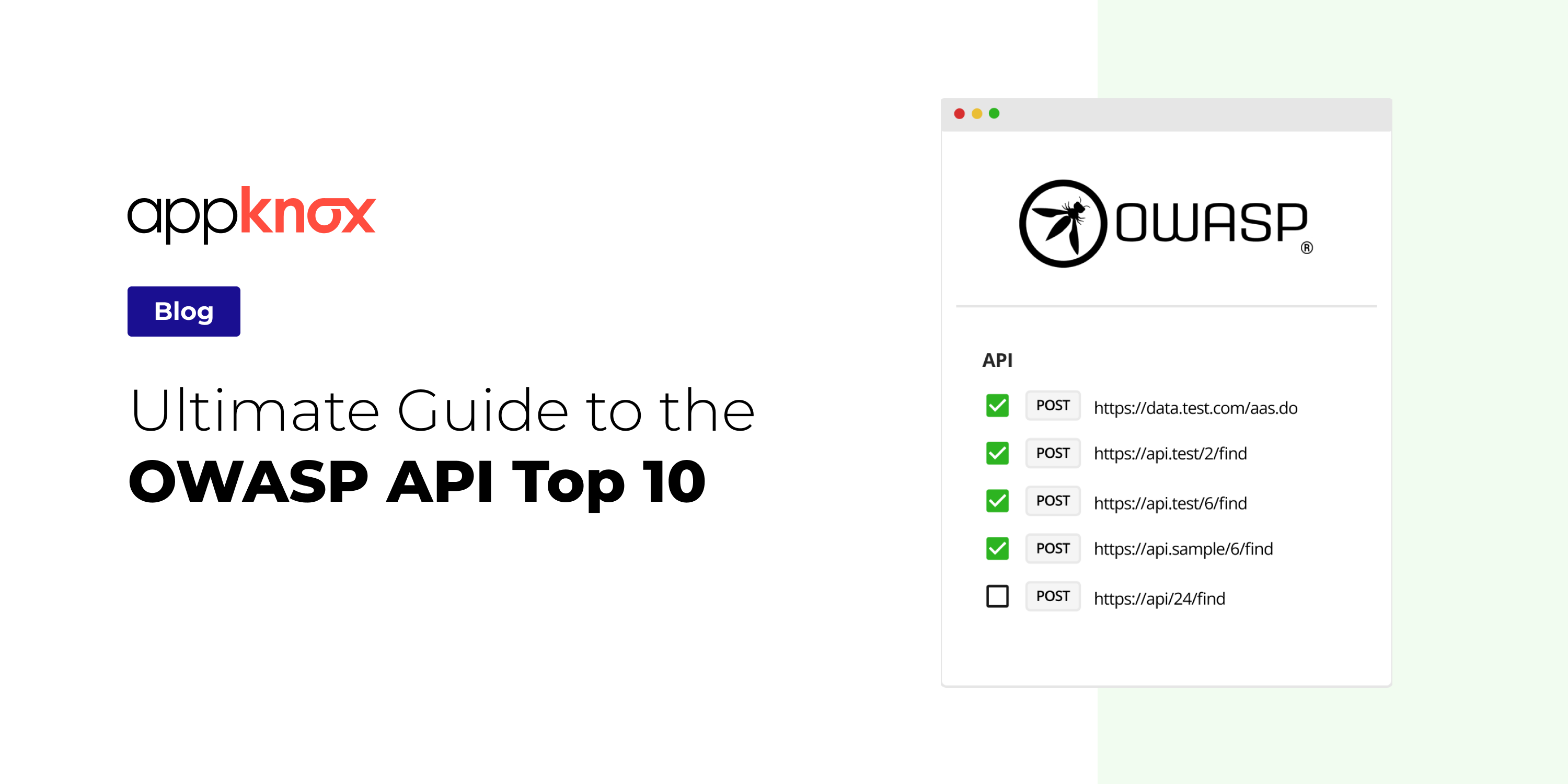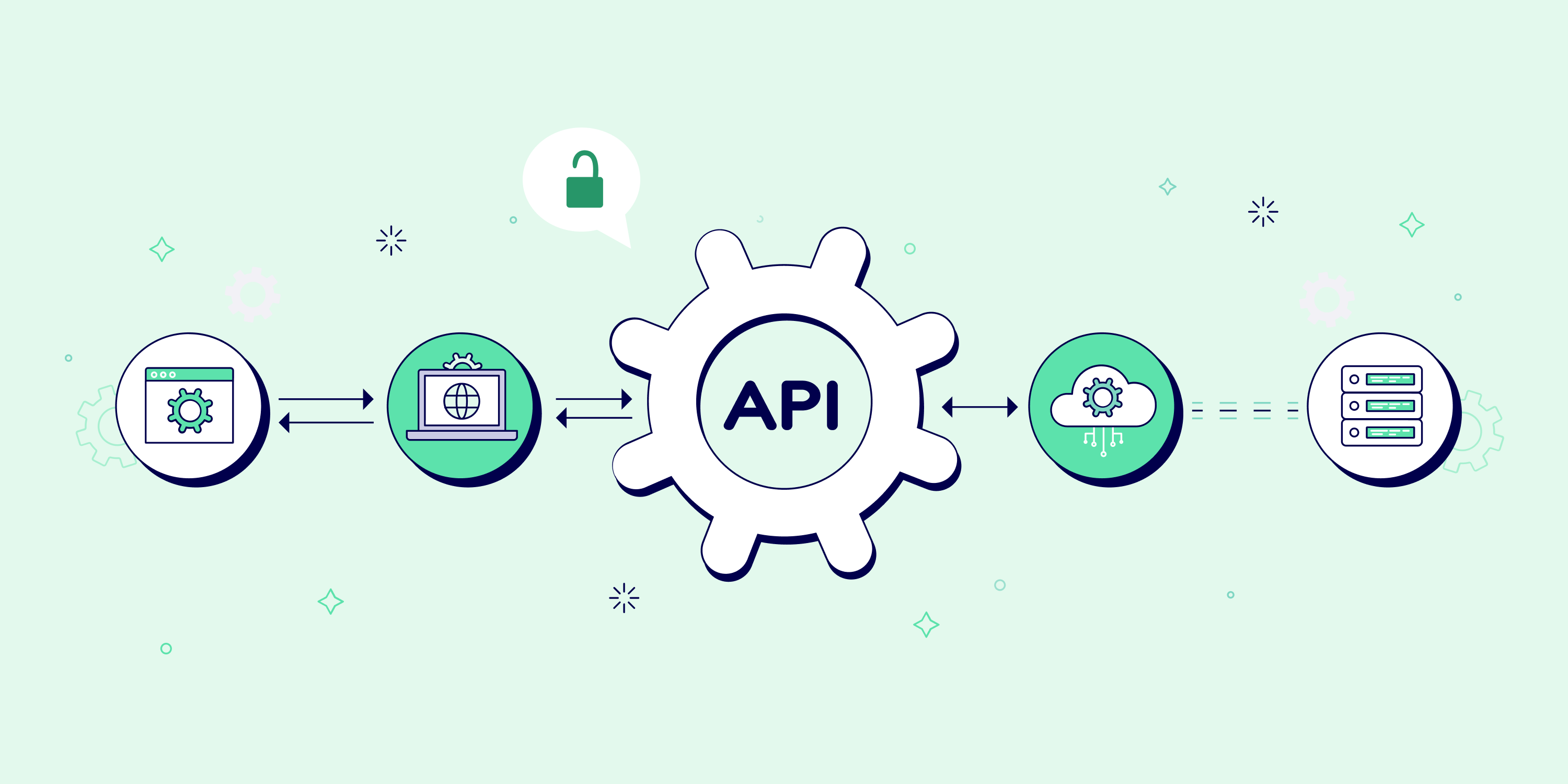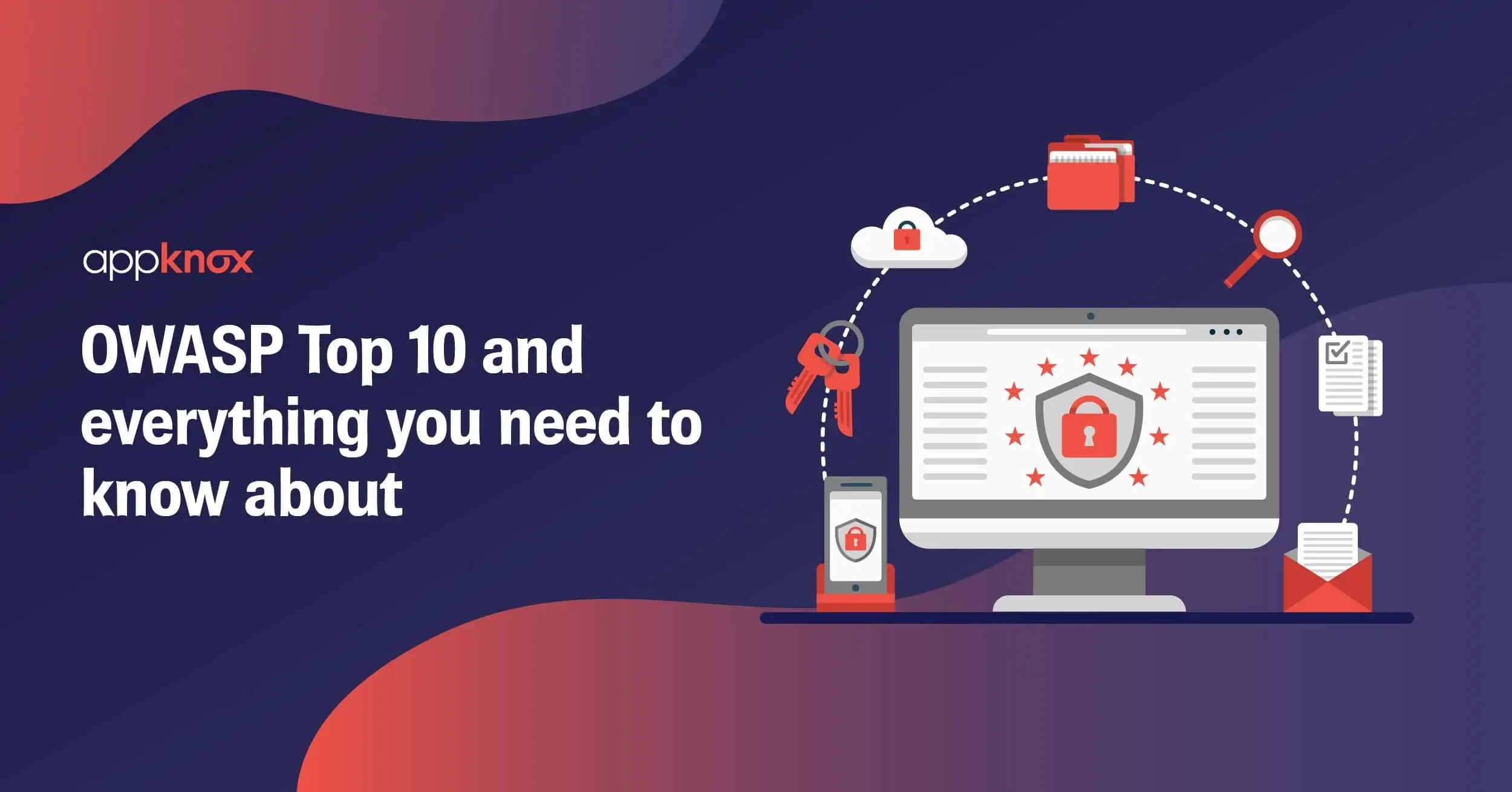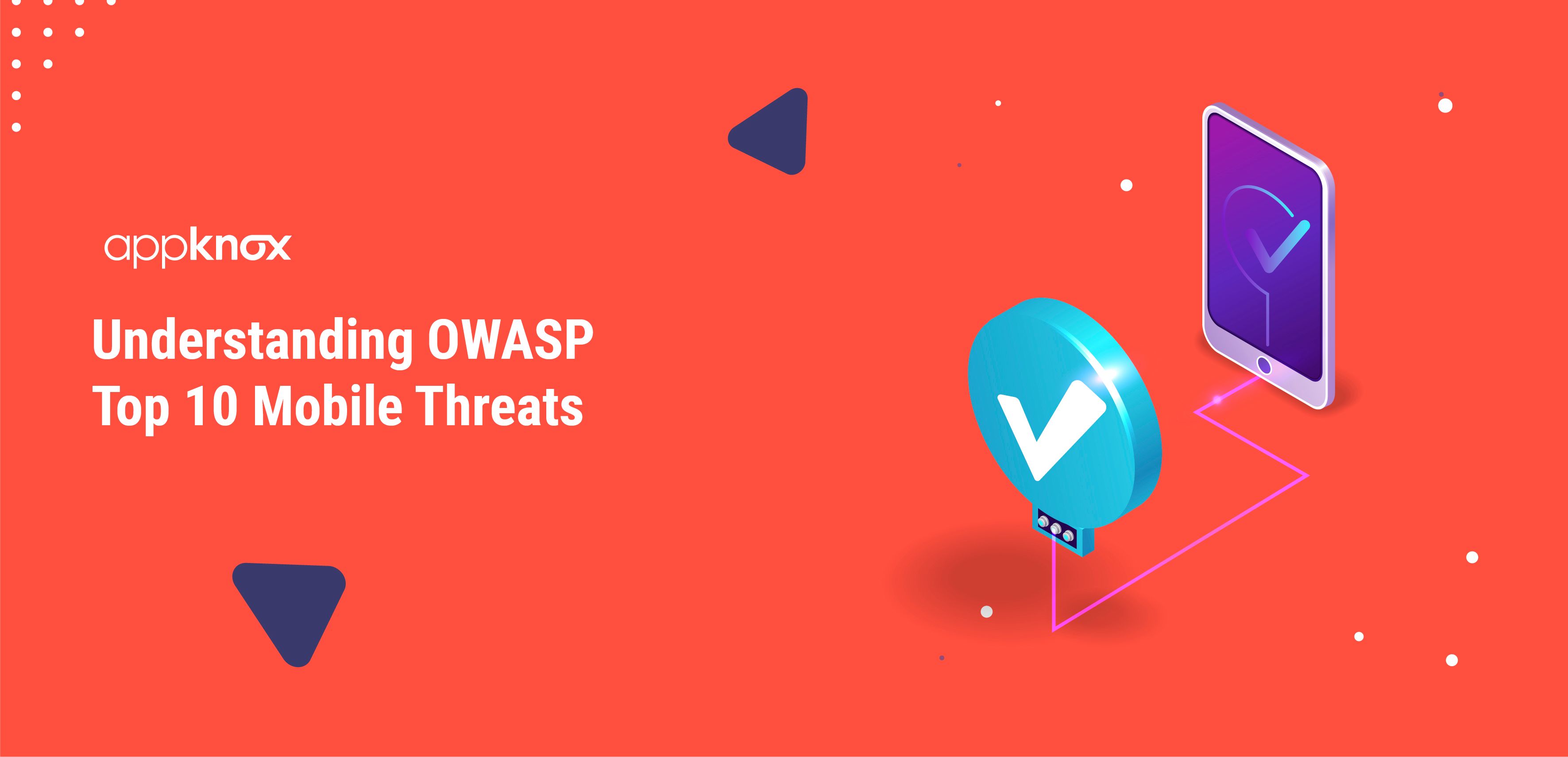The OWASP API Top 10 is a list of common vulnerabilities found in APIs. OWASP security checks for mobile & web apps are created as a resource for developers, testers, and security professionals to help them understand how to protect against API threats.
Many people think that APIs are just another type of web application, but they're not; they have their own set of risks and challenges that need to be addressed. A simple API call can result in a data breach that could have lasting consequences for your business.
According to Salt Security, APIs are a new attack surface, and they are now being targeted by cybercriminals more than ever before. The same research estimates that 95% of businesses experienced an API security issue in the previous year, while API attack traffic increased by 681%.
Organizations need the right resources and guidance to secure their APIs better. The OWASP API Top 10 is a good place to start because it's easy to understand and includes tips for mitigating risks such as CSRF attacks, cross-site scripting (XSS), and SQL injection.
In this guide, we'll go through each individual attack vector on the list. The OWASP Top 10 API security testing threats include:
API1: Broken Object Level Authorization
A user with direct access to resources they shouldn't be able to access is called Broken Object Level Authorization (BOLA). The most frequent method entails changing an ID parameter that permits access since sufficient authorization checks are absent. The vulnerability exists because the API does not test these permissions and allows the call to go through, allowing attackers to replace the ID of their resources with the ID of another user's resource in an API call.
API2: Broken User Authentication
User authentication is one of the most important aspects of any API. It can be used to ensure that only authorized users are able to access your API, and it allows you to restrict access based on their identity (or lack thereof).
In other terms, it means determining whether or not a person has permission to use an application or service by validating their identity. This demonstrates the need for rigorous examination of all API authentication choices.
API3: Excessive Data Exposure
Excessive data exposure is when an API exposes too much data, which can be used to gain access to other systems and personal information.
When the client is expected to filter the data, the API exposes much more than the client needs. Sniffing a client's traffic allows attackers to access sensitive information like credit cards, social security numbers, and passwords.
API4: Lack of Resources & Rate Limiting
APIs can be vulnerable to malicious attacks if proper safeguards against excessive resource requests are not in place. In such cases, attackers may attempt to overload an API by making a considerable number of queries - resulting in disastrous implications for the system's stability and security.
Therefore calls for rate limiting, which is a form of security that limits the number of requests an application can make to a web service. By limiting how many requests an API can receive at once before breaking them down into individual ones over time (or indefinitely), developers can ensure that their servers aren't overly taxed by malicious behavior or legitimate traffic overloads alike.
API5: Broken Function Level Authorization
Function-level authorization restricts access to specific functions, features, or data within an application. It can be broken by allowing access to functions that should be restricted or by denying access to functions that should be accessible. Function-level authorization is a subset of authorization; however, it focuses on restricting each function separately instead of allocating permissions across multiple objects in one request.
Bonus: The Ultimate Guide To OWASP Security Checks for Web and Mobile App
API6: Mass Assignment
Mass assignment happens when client-provided data is bound to data models without enough characteristics filtering based on an allowlist.
By guessing object properties, looking into other API endpoints, or adding new object properties in request payloads, attackers can modify object properties that they are not authorized to change. SQL injection threats may result via mass assignment because an attacker may change objects with nefarious intent.
API7: Security Misconfiguration
Security Misconfiguration happens when you don't configure your application to use secure connections or encryption. This can lead to information being viewed by third parties, exposing sensitive data such as passwords and credit card numbers. The consequences of this mistake range from low-level penetration attempts to privilege escalation attacks to full compromise scenarios where attackers have full access to your entire infrastructure.
API8: Injection
This is one of the most common attack vectors you'll see in web applications. It's used to inject malicious code into the database, which can then be used to gain access to other parts of your application or even compromise it together.
Injections are possible because of insufficient validation of user input, allowing attackers to modify or manipulate information before it reaches its intended destination.
A9: Improper Assets Management
Maintaining a correct API inventory and inventory with up-to-date documentation is necessary for understanding potential exposure and risk. Outdated or inadequate inventory results in unknown holes in the API attack surface, making it impossible to identify earlier API versions that need to be decommissioned.
Similar to improper documentation, it might be challenging to identify vulnerabilities that need to be fixed while exposing sensitive data to unknown hazards. Attackers may find vulnerable non-production API versions, such as staging, testing, beta, or earlier versions, and use them to carry out the attack.
A10: Insufficient Logging & Monitoring
Logging is one of the most critical security controls. It can be used to detect and investigate security incidents, monitor system activity, and monitor user activity. Logging also provides a forensic record of events that may have occurred in your system or application.
Conclusion
When designing an API for your organization, it's essential to bear in mind the top 10 OWASP risks. APIs present a unique set of vulnerabilities compared with websites and web applications - making risk mitigation strategies vital. There is no single answer when ensuring API security; however, understanding these potential threats can help make sure that your mobile application remains safeguarded from harm.




 Gartner and G2 recommends Appknox | See how we can help you with a free Demo!
Gartner and G2 recommends Appknox | See how we can help you with a free Demo!
 Jeremy Snyder
Jeremy Snyder










_HighPerformer_HighPerformer.png)
_BestEstimatedROI_Roi.png)

